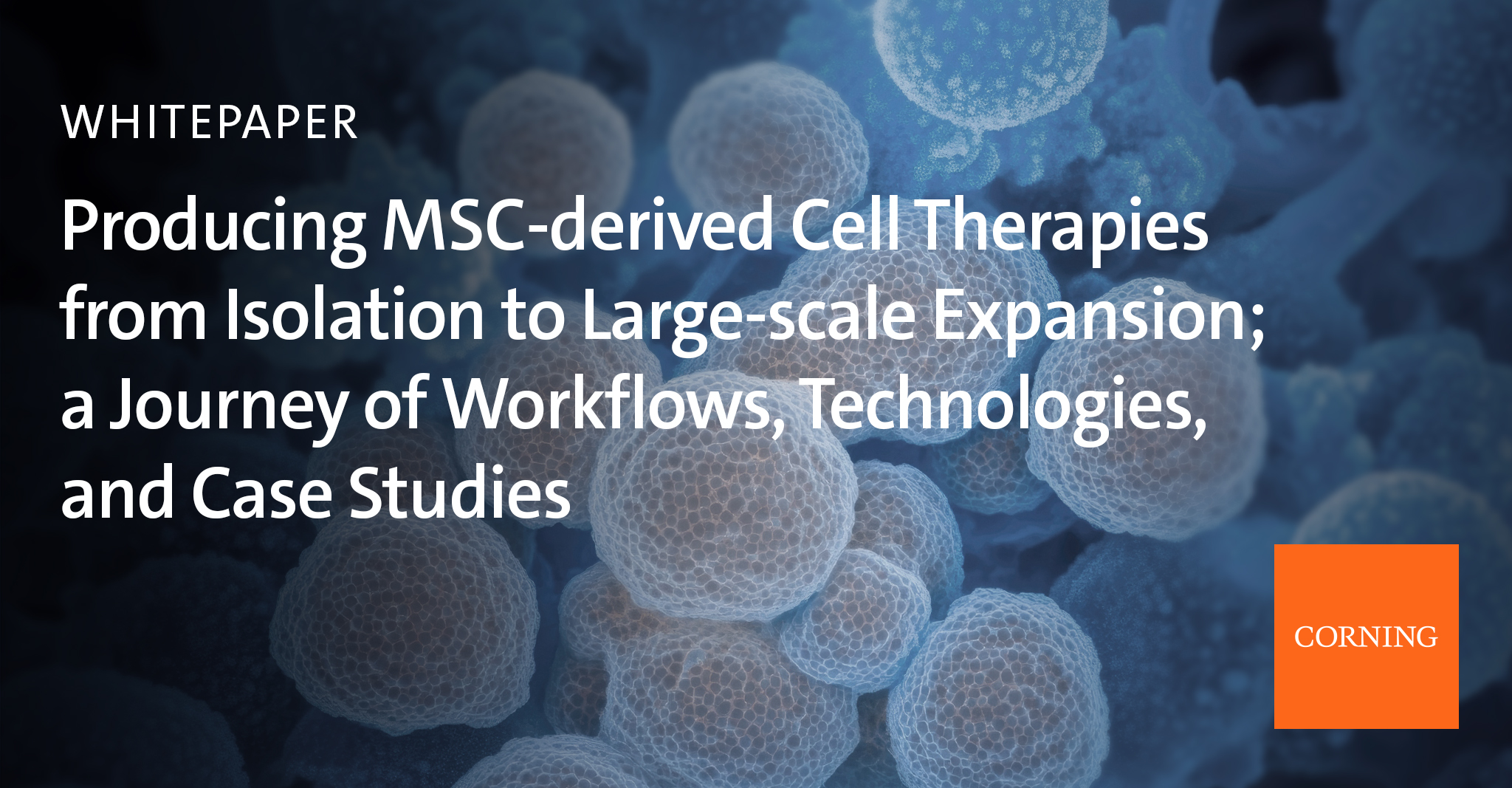Mesenchymal stem (or stromal) cells (MSCs) hold significant promise in the field of regenerative medicine, tissue engineering, and various therapeutic applications. The isolation of MSCs is a critical first step in realizing their potential.
For those overseeing the operation and strategic planning of laboratories, understanding the nuances of MSC isolation techniques is crucial. Decision-makers must consider not only the immediate needs of their projects but also the long-term implications, such as genetic stability and the potential for scaling up cell production.


